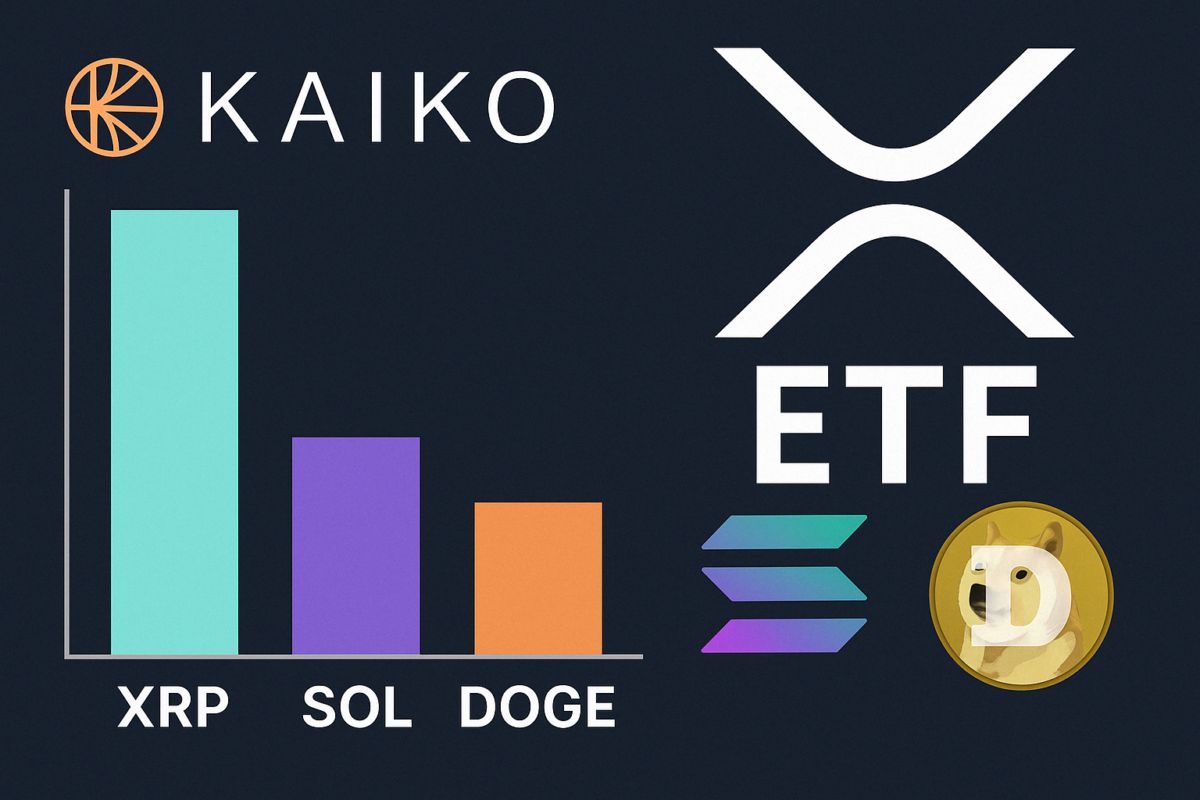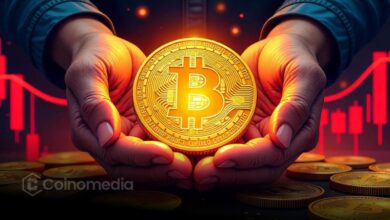Deep Data Analysis: Has Solana Really Surpassed EVM Chains? A Look at the Blockchain Competitive Landscape from the Quality of Liquidity Pools
Most of Solana's trading volume comes from pools with low liquidity, a significant portion of which comes from Pump.fun.
Author: jpn memelord
Source: jpn memelord X account
Compilation: Shenchao TechFlow
Recently, there has been much discussion about Solana surpassing all EVM chains in trading volume. I decided to delve into the quality of liquidity pools on top blockchains to determine whether this is a fleeting trend or a genuine disruption to existing chains. Feel free to join me in this in-depth exploration.
The methodology for this analysis draws from the criteria for stock inclusion in major stock indices.
The three main criteria are:
- Established trading history
- High liquidity
- Sustained trading volume
These criteria also have similar applications in liquidity pools.
Methodology Construction
The following methodology summary is for reference only. For complete details, please refer to the methodology documentation in SP Global.
- Scope: All component stocks must be U.S. companies.
- Market Cap Qualification: To be included, a company must have at least $14.5 billion in unadjusted market capitalization, and its float-adjusted market cap must be at least 50% of the unadjusted minimum market cap threshold.
- Public Float: A company must have at least a 0.10 investable weight factor (IWF).
- Financial Viability: The company must have positive earnings in the most recent quarter and over the most recent four quarters (in total).
- Adequate Liquidity and Reasonable Pricing: Using a composite of pricing and trading volume, the annual trading volume (defined as the average closing price during the period multiplied by historical trading volume) to float-adjusted market cap ratio should be at least 0.75, and the monthly trading volume in the six months prior to the evaluation date should be at least 250,000 shares.
- Industry Representation: Industry representation is measured by comparing the weight of each GICS® industry in the index to its weight in the SP Total Market Index, considering company selection within the relevant market cap range.
- Company Type: All qualified U.S. common stocks listed on eligible U.S. exchanges are eligible for inclusion. Real Estate Investment Trusts (REITs) are also eligible. Closed-end funds, ETFs, ADRs, ADSs, and certain other types of securities are not eligible for inclusion.

Are there stocks trading that are not in the major indices? The answer is yes.
However, these stocks constitute the "blue-chip" of the traditional financial world, and finding their DeFi equivalents can help us assess the targets that traditional finance might focus on when entering the DeFi space.
I collected trading volume data from all liquidity pools on Ethereum, Solana, BSC, @arbitrum, and @base, and compiled the total trading volume over the past 30 days.
Next, I adjusted the weights of the pools created in the past 30 days to lower their rankings to meet the "established history" criterion.
Finally, I weighted the trading volume and total locked value (TVL) of each pool to comply with the other two criteria.
Next, I applied a weight adjustment to the liquidity pools created in the past 30 days to lower their rankings to meet the "established history" criterion. Subsequently, I weighted the trading volume and total locked value (TVL) of each pool to comply with the other two criteria. The specific formula is: Ln(TVL)/Ln(MAX(TVL)) * TVL_weight.
This scaling method has little impact on pools with good liquidity but reduces the rankings of pools with smaller TVLs.
Here are the top 20 "new quality" rankings derived from this weighting method.
It is worth noting that Ethereum, Solana, Arbitrum, and Base each have a representative pool in the top 4!
These pools are the "major" pools trading their respective chain's native tokens against USDC.

Another notable feature is that Ethereum still dominates, occupying half of the leading positions in this ranking. High TVL combined with sustained trading volume makes it stand out among all chains.
I strongly suspect this is also part of the reason Blackrock chose to deploy on Ethereum.
Upon deeper analysis, the top two pools are particularly noteworthy:
The slipstream WETH-USDC pool from @AerodromeFi has the highest trading volume, while the one with the highest TVL is
@Uniswap's v3 WETH-USDC pool on Ethereum.
Dune data link:

On most blockchains, the major liquidity pools with a 0.05% fee are top pools, but on the BNB chain, the 0.01% pools are the top pools, which is somewhat surprising.
Additionally, USDC is used in more top pools than USDT, which is also unexpected.
How many pools are there on each chain?
- Ethereum: 10
- Base: 5
- Arbitrum: 2
- BSC: 2
- Solana: 1
In this analysis, all other Solana pools failed to make the top due to insufficient TVL (total locked value). Despite high trading volumes, these trades occurred in a liquidity environment significantly lower than other chains.
When not considering TVL, Solana has a considerable trading volume among the top 150 pools, but it has not come close to surpassing all EVM chains, nor has it surpassed Ethereum (though it is very close).

The top 20 assets traded across all pools include:
- Stablecoins: USDC, USDT, DAI, pyUSD
- Major coins: ETH, BNB, SOL, cbBTC, WBTC, and wsETH
- Others: AERO
Interestingly, Aero is the only token that is neither a stablecoin nor among the top five cryptocurrencies by market cap.
TVL of the top 25 pools on each chain:
- Ethereum: $1.04 billion
- Base: $310 million
- BNB: $194 million
- Solana: $181 million
- Arb: $155 million
Clearly, Ethereum remains the winner, but Base is leading among other chains.
Additionally, it is noteworthy that 4 out of Base's 5 pools come from Aerodrome, showcasing their significant lead on that chain, even though Uniswap dominates on Arbitrum and Ethereum.
Conclusion
Most of Solana's trading volume comes from pools with lower liquidity, a significant portion of which comes from Pump Fun. (link)
Ethereum remains the king of DeFi, but Base is unexpectedly becoming a strong challenger as it has the highest trading volume pools.

This attention is not a bad thing, but I believe that mature investors looking to delve into DeFi are more concerned with the sustained economic activity from deep liquidity pools rather than which animal coin is trending this week or today.
There are many aspects of this analysis that can be further explored and refined:
Automating the calculation of TVL metrics
Not just focusing on TVL, but also examining liquidity depth (the capital efficiency of CL pools is very high)
Considering the fee tier of pools
I will be launching the second part of the analysis in the coming weeks.
Disclaimer: The content of this article solely reflects the author's opinion and does not represent the platform in any capacity. This article is not intended to serve as a reference for making investment decisions.
You may also like
XRP Gains Edge in ETF Race Over SOL and DOGE, Says Kaiko

Strive Pushes Intuit to Add Bitcoin to Treasury
Strive urges Intuit to hold Bitcoin in its treasury to hedge against AI-driven disruption risks.Bitcoin as a Hedge Against AI Disruption?Why Bitcoin, and Why Now?BTC in the Boardroom

JP Morgan Predicts Imminent Interest Rate Cuts
JP Morgan forecasts upcoming rate cuts, signaling a major shift in U.S. economic policy that could impact markets and crypto alike.JP Morgan Signals Upcoming Interest Rate CutsWhy Rate Cuts Matter for MarketsCrypto Could See Renewed Interest

Raydium launches Launch Lab, a token issuance platform
